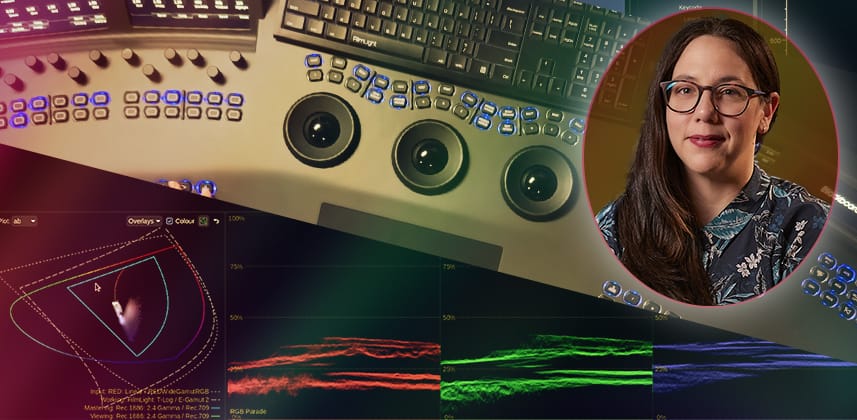Making Sense of the Three Default Grading Operators in Baselight
Getting started in Baselight can be a little difficult for the unacquainted. In this Mixing Light Insight, I am going to walk through my Baselight workflow setting up several shots that need matching and walk through my thought process for primary color correction.
Are you new to Baselight and would like to along? You can download Baselight Look for free (macOS only) and get access to the same primary grading tools and begin your Baselight training journey.

To start grading in Baselight a grading layer is required. Add a grading layer by pressing p on the keyboard (think, primary). In this tool there are a default set of 5 grading operators: Base Grade, Video Grade, Film Grade, Hue Shift, and X Grade. In this Insight we are looking at the first three of these operators, and in another Insight we will learn about the remaining two.
Base Grade
Typically, I start with Base Grade. Base Grade operates in the EAB perceptual color space that operates similarly to LAB colorspace. I tend to use the balance bumps and make adjustments as absolutely as subtle as possible.

Video Grade
Video Grade is the next tool and next in my workflow. The tools feel more like standard lift, gamma, gain controls used by other applications. While video grade is not my first stop in a shot setup, there is nothing incorrect with using these familiar tools for your primary setup.

Film Grade
Film Grade is similar to the Log wheels in DaVinci Resolve. It is a good choice for printer-lights style workflows.

Key takeaways from this Insight
By the end of this Insight you should understand how to:
External Links
Related Mixing Light Insights
From Mixing Light contributor Luke Ross, some other great starting points for learning Baselight
Questions or Comments? Leave a comment!
Baselight is a very configurable piece of software and the default tools can be adjusted at every stop. When sitting down in a new Baselight suite, what are the first steps you take to get things customized just so? Any tips for beginners? Let me know if the comments, I’d love to hear them
– Kali
Member Content
Sorry... the rest of this content is for members only. You'll need to login or Join Now to continue (we hope you do!).
Need more information about our memberships? Click to learn more.
Membership optionsMember Login


